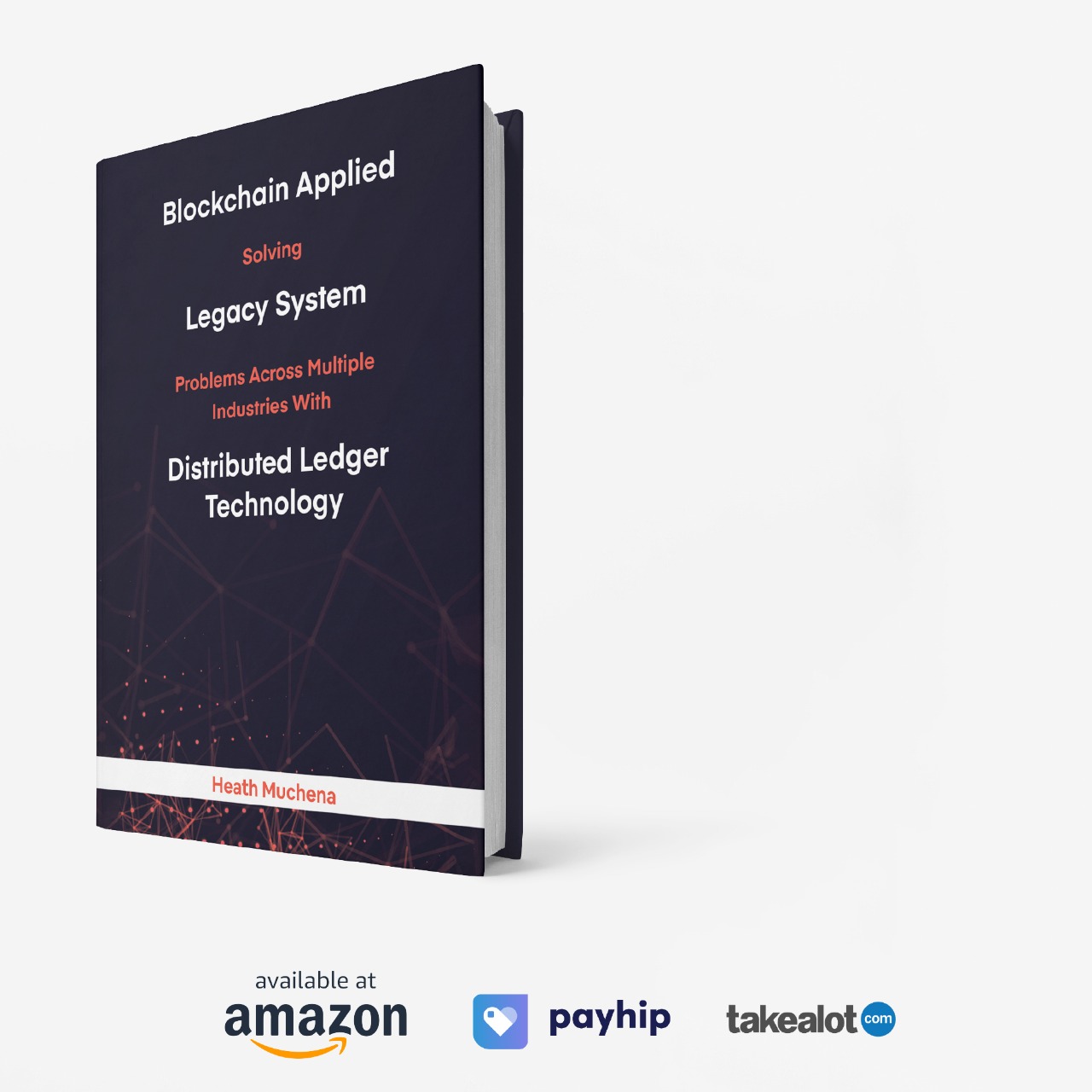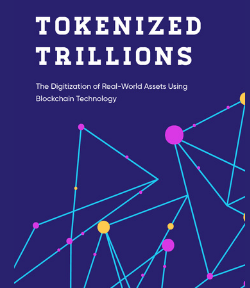
Global finance is shifting under the quiet force of technology and demographics. The next era of markets will not be defined by the latest rate cut or quarterly inflation print, but by how the world’s capital moves—digitally, instantly, and increasingly from East to West.
The Economy of Hope and Fear

The global investment landscape is, at its core, a dialogue between optimism and insecurity. Most capital still flows through the logic of hope—the belief that long-term compounding will outpace inflation, policy mistakes, and political cycles. Yet a parallel economy of fear has flourished: investors seeking refuge from currency debasement, debt overhangs, and geopolitical fragmentation.
In practice, this duality defines the modern portfolio. Equities and private markets express belief in human progress; gold, Bitcoin, and cash-like instruments insure against institutional decay. The balance between these poles may well determine the decade ahead.
Tokenization: The New Market Plumbing

Behind the headlines about crypto speculation lies a quieter revolution. Tokenization—the process of representing traditional assets on digital ledgers—is emerging as the new financial infrastructure.
For decades, global markets have been a labyrinth of intermediaries, settlement lags, and fragmented data. Tokenization compresses that sprawl into programmable ownership: a bond, stock, or fund unit that can move frictionlessly across networks, with instant authentication and transfer.
From Hong Kong’s “Project Ensemble” to the rise of tokenized Treasury funds and digital wallets, the shift is no longer hypothetical. This transformation will not only reduce costs; it will reshape how monetary policy ripples through the economy. Liquidity will flow faster. Arbitrage windows will close sooner. Shocks will transmit with surgical speed.
For institutions, this demands a new playbook—one that measures risk in milliseconds rather than months.
The AI Liquidity Loop
Artificial intelligence is not replacing the financial mind; it is augmenting it. In trading and risk management, AI now serves as cognitive leverage—compressing research cycles, scanning alternative data, and detecting anomalies long before humans can.

But algorithms cannot replace the human capacity for variant perception—the intuition that sees regime change before the data confirms it. The future edge lies not in pure automation, but in symbiosis: human foresight powered by machine-scale computation.
This new dynamic is already visible in the liquidity ecosystem. As AI-driven market makers and funds scale up, their need for low-latency collateral—and therefore tokenized assets—intensifies. The more autonomous the machine, the more seamless the settlement rails must become.
Asia’s Ascending Capital Cycle
While technology rewires the system, demographics are rewriting its geography. The next global growth chapter is increasingly Asian. The region’s educated workforce, productivity gains, and deepening capital markets are pulling long-term investors eastward.
More profound is the rise of retirement capital. As Asian governments expand self-directed pension systems, local equities are finding structural buyers. This mirrors what powered U.S. equity dominance for decades: tax-advantaged retirement savings that transformed savers into shareholders.
Japan’s NISA reform—doubling tax-free investment limits—has already catalyzed record inflows into domestic markets. If other economies replicate that model, Asia will not only manufacture the world’s goods; it will own a growing share of its equity risk.
Banks, Policy, and the New Liquidity Architecture
Even in a tokenized world, banks remain the vital organs of credit creation and collateral distribution. Thoughtful regulation—especially of systemically important institutions—anchors the entire digital transition. The most sophisticated token networks will still settle through trusted balance sheets and clear legal regimes.
The frontier, then, is not “DeFi versus banks,” but hybrid finance: programmable tokens backed by regulated custody, interoperable with both public and private money systems.
The Decade Ahead
The coming cycle will test how institutions manage velocity and volatility simultaneously. Tokenized assets will make markets more efficient, but also more reflexive. AI will widen analytical reach, but amplify consensus. Retirement flows will deepen local markets, but could entrench regional fragmentation.
The winners will be those who can hold both worlds in view: the analog trust of institutions and the digital precision of blockchain. Between hope and fear lies design—the capacity to rebuild the market’s plumbing for an age when value moves as fast as thought.






